Continuum

Titles are deliberately suggestive; they give you an indication of what’s to come. Continuum, the title of Sydney Dance Company’s latest offering, was appropriate, if not immediately resonant. Continuum features a triple bill of works from choreographers Stephen Page, Tra Mi Dinh and Rafael Bonachela.
Bonachela opened the program with a world premiere titled Spell. The opening tableau was bold; six large fluorescent lighting tubes hung suspended at different angles, creating a sculpture that suggested chaos – the place where incantations reside. Three dancers emerged from the darkness, flitting in and out of the angled lighting, their forms appearing as shadows of the sculpture above. The movement began as a combination of small arm gesticulations, accompanied by virtuosic leg articulations that seemed to pierce the air. The third dancer to appear, Timmy Blankenship, moved as if possessed, his undulating torso a whip, his hands punctuating the dexterous movement of his spine, as if conjuring dark magic.
Continue reading for only $10 per month. Subscribe and gain full access to Australian Book Review. Already a subscriber? Sign in. If you need assistance, feel free to contact us.


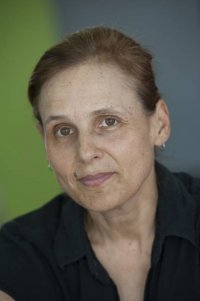

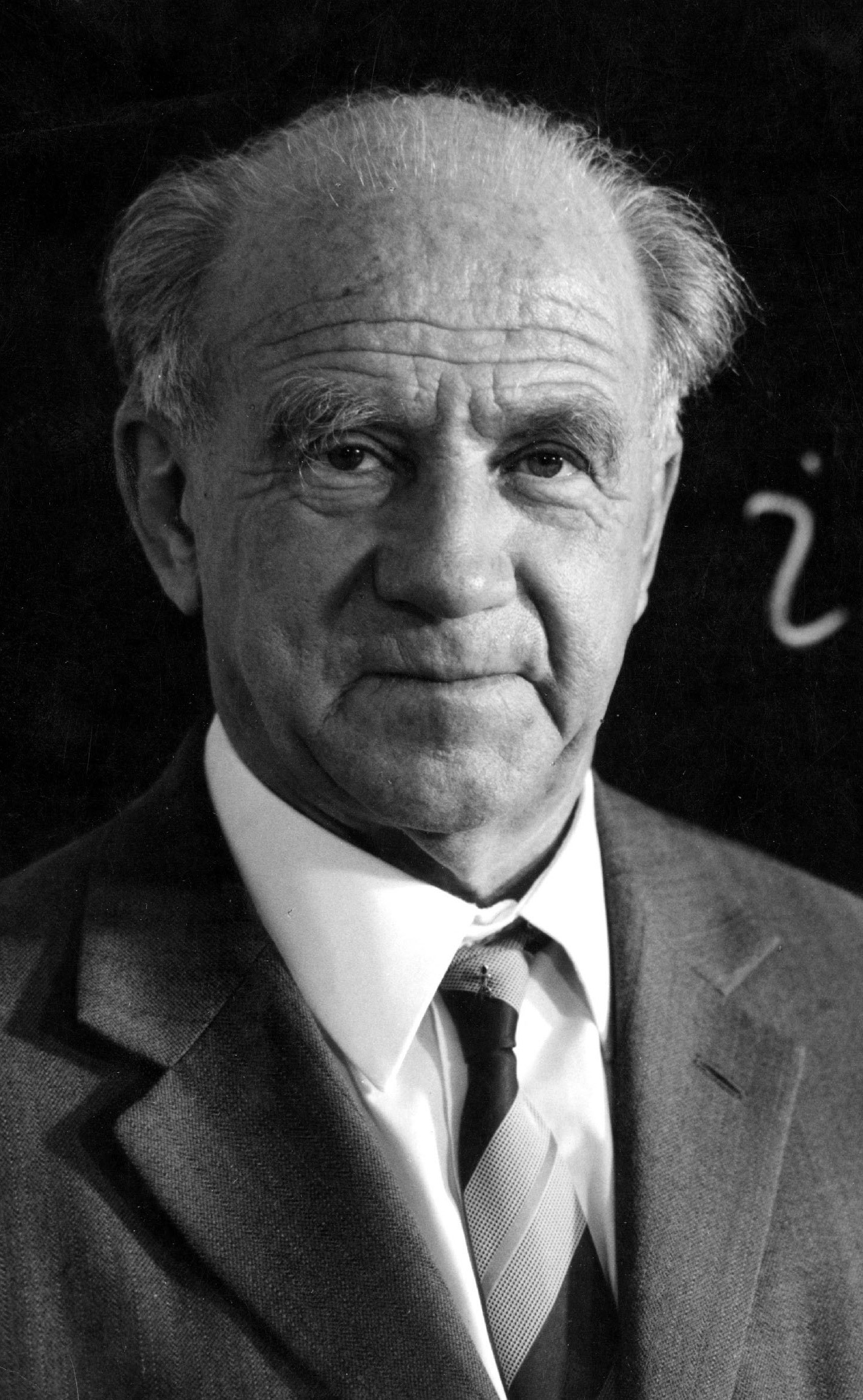
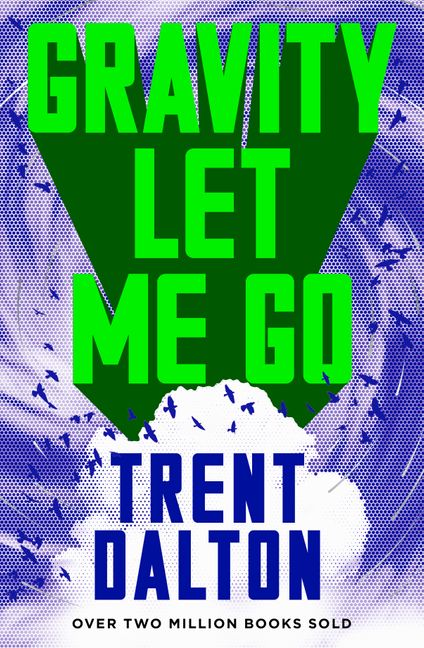

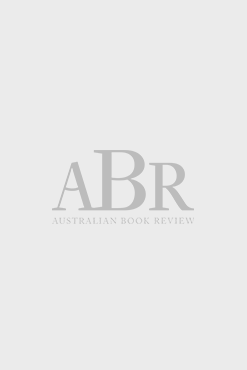

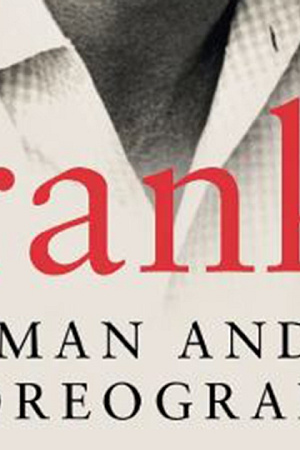

Leave a comment
If you are an ABR subscriber, you will need to sign in to post a comment.
If you have forgotten your sign in details, or if you receive an error message when trying to submit your comment, please email your comment (and the name of the article to which it relates) to ABR Comments. We will review your comment and, subject to approval, we will post it under your name.
Please note that all comments must be approved by ABR and comply with our Terms & Conditions.